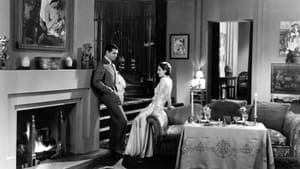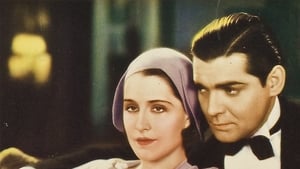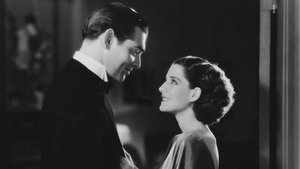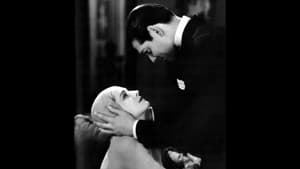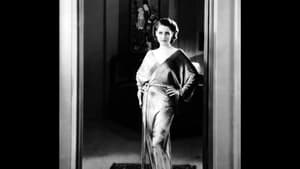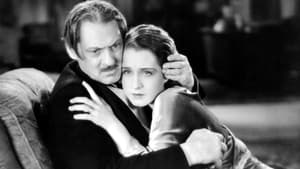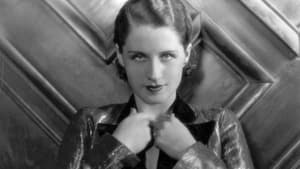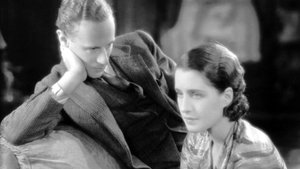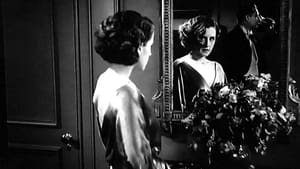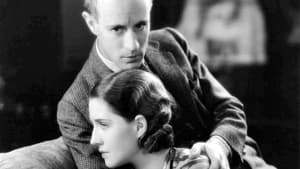Video Sources 0 Views
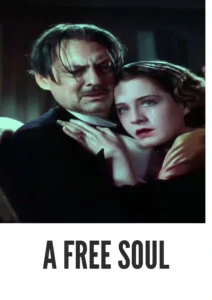
Synopsis
A Free Soul (1931) Colorized: Seduction, Scandal, and Sacrifice – A Pre-Code Drama in Color!

Experience the passion and drama of A Free Soul (1931), starring Norma Shearer, Clark Gable, and Leslie Howard, in this newly colorized HD version. A compelling pre-Code story about a woman testing the limits of freedom and social convention.
A Free Soul (1931) Movie Storyline: Freedom or Love?
A Free Soul tells the story of Jan Ashe (Norma Shearer), the strong-willed daughter of celebrated (and alcoholic) defense attorney Stephen Ashe (Lionel Barrymore) . Jan lives a bohemian life, embracing the freedom and social liberalism of the era .Her life becomes complicated when she falls for two very different men: Dwight Winthrop (Leslie Howard), a respectable but somewhat conventional lawyer, and Ace Wilfong (Clark Gable), a charismatic and dangerous gangster . Jan’s attraction to Ace puts her on a collision course with her family and society, forcing her to make difficult choices about love, loyalty, and her own definition of freedom . The film explores the hypocrisy of the upper classes.
Cast of A Free Soul (1931): A Stellar Cast Led by Norma Shearer
- Norma Shearer as Jan Ashe
- Leslie Howard as Dwight Winthrop
- Lionel Barrymore as Stephen Ashe
- Clark Gable as Ace Wilfong
- James Gleason as Eddie
Genre and Themes: A Pre-Code Drama Tackling Social Taboos
A Free Soul is a pre-Code drama that explores themes of freedom, love, class, social expectations, and the consequences of defying convention .
A Free Soul (1931): A Star Vehicle for Shearer, an Oscar for Barrymore
Released in 1931, A Free Soul was a major success, particularly for Norma Shearer, who received an Academy Award nomination for her performance . Lionel Barrymore won the Academy Award for Best Actor for his performance as Jan’s father . The film solidified Gable’s image. Based on a play by Willard Mack and a novel by Adela Rogers St. Johns, the film was remade several times.
The Colorization Process: Enhancing the Film’s Intense Emotions
The newly colorized version of A Free Soul (1931) was carefully crafted by [Your Company Name], passionate about the history of film.Our Process:
- AI-Assisted Colorization: AI is implemented to colourize the film.
- Attention to Fashion: The costuming was carefully examined and the team considered the different styles.
- Manual Refinement: The final effort involved countless hours from trained artists.
Technical Details: Download A Free Soul (1931) in Colorized HD
- Original Release: 1931
- Director: Clarence Brown
- Starring: Norma Shearer, Leslie Howard, Lionel Barrymore, Clark Gable
- Runtime: Approx. 91 minutes
- Language: English
- Download Format: MP4
- Resolution: HD (1080p)
- Compatibility: Compatible with modern devices
- Audio: Enhanced audio
Why Watch the Colorized Version of A Free Soul (1931)?
It is another way to enjoy this classic film, and to enjoy these now-iconic performers when they were earlier in their careers.
Download A Free Soul (1931) Colorized in HD Today!
FAQs
Q: What is A Free Soul about?
A: A Free Soul is about social expectations and freedom.
Q: What was the source material?
A: It was adapted from a play by Willard Mack, itself adapted from a novel.
Q: What makes this colorized version special?
A: It is a great opportunity to see these performances in a new light!
